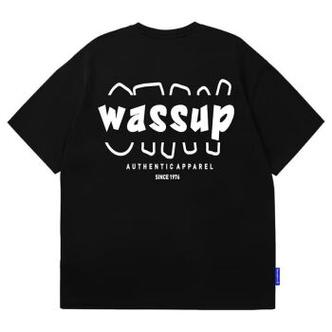Making colors more harmonious and coordinated is a very important part of clothing design. Here are some tips for exploring clothing color matching:
1. Color theory: Understanding basic color theory is a prerequisite for clothing color matching. Master the concepts of primary colors, secondary colors, and neutral colors, as well as their position on the color wheel and their relationship to each other. For example, matching colors with similar colors (adjacent colors) or complementary colors (opposite colors) can create a more harmonious effect.
2. Color contrast: The contrast between different colors can produce visual impact. Proper use of color contrast can make an outfit more interesting and attractive. For example, use complementary colors (such as red, green, yellow and blue) for contrast, or use contrast between light and dark, contrast between cold and warm, etc. to create a rich sense of hierarchy.
3. Use of neutral colors: Neutral colors include black, white, gray, beige, etc. They are an indispensable part of color matching. Neutral colors can effectively balance bright and strong colors, making the overall color more stable and unified. For example, pairing bright or strong colors with neutrals can make an outfit more balanced and coordinated.
4. Consider the clothing style and occasion: Color matching should match the clothing style and occasion. Different styles and occasions have different color requirements. For example, a formal setting might call for a more understated and classic color palette, while a casual setting might try a bolder and more statement-making combination.
5. Reference fashion trends and sources of inspiration: Pay attention to trends and trends in the fashion industry, while drawing inspiration from art, nature and life. Color matching is not a fixed rule, inspiration can come from all aspects. Pick some creative and unique color schemes to make your outfit even more unique.
6. Try and practice: The most important thing is to keep trying and practicing. Everyone’s perception and preference of color may be different, and there is no absolute right answer. By constantly trying different color combinations, observing the effects, and adjusting according to your own aesthetics, you gradually develop your own unique visual experience and style.
Remember, color matching is an art and requires a certain amount of experience and creativity. With continuous practice and exploration, you will gradually master more secrets about clothing color matching.







